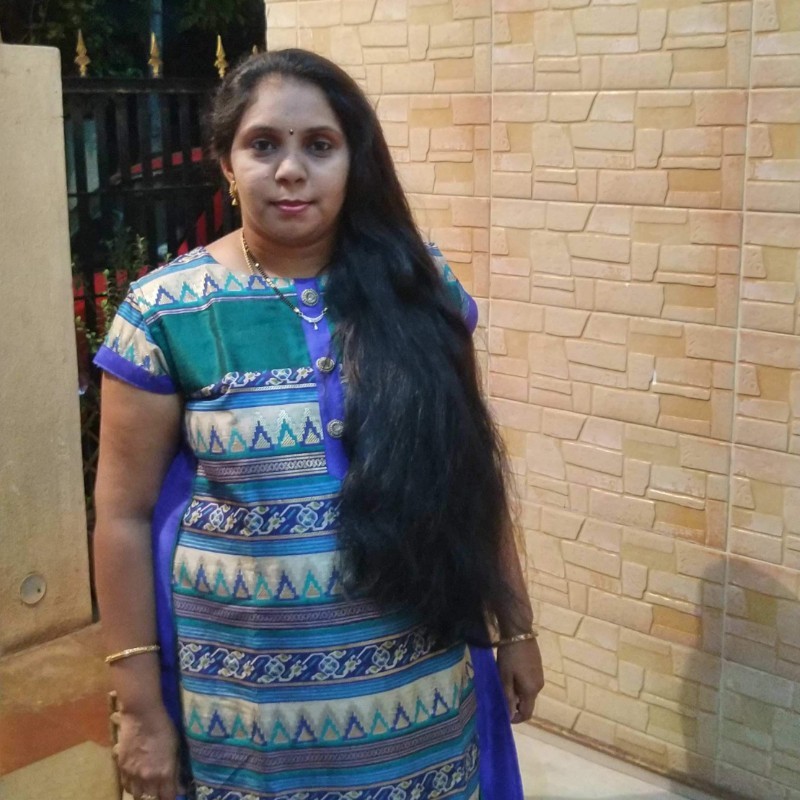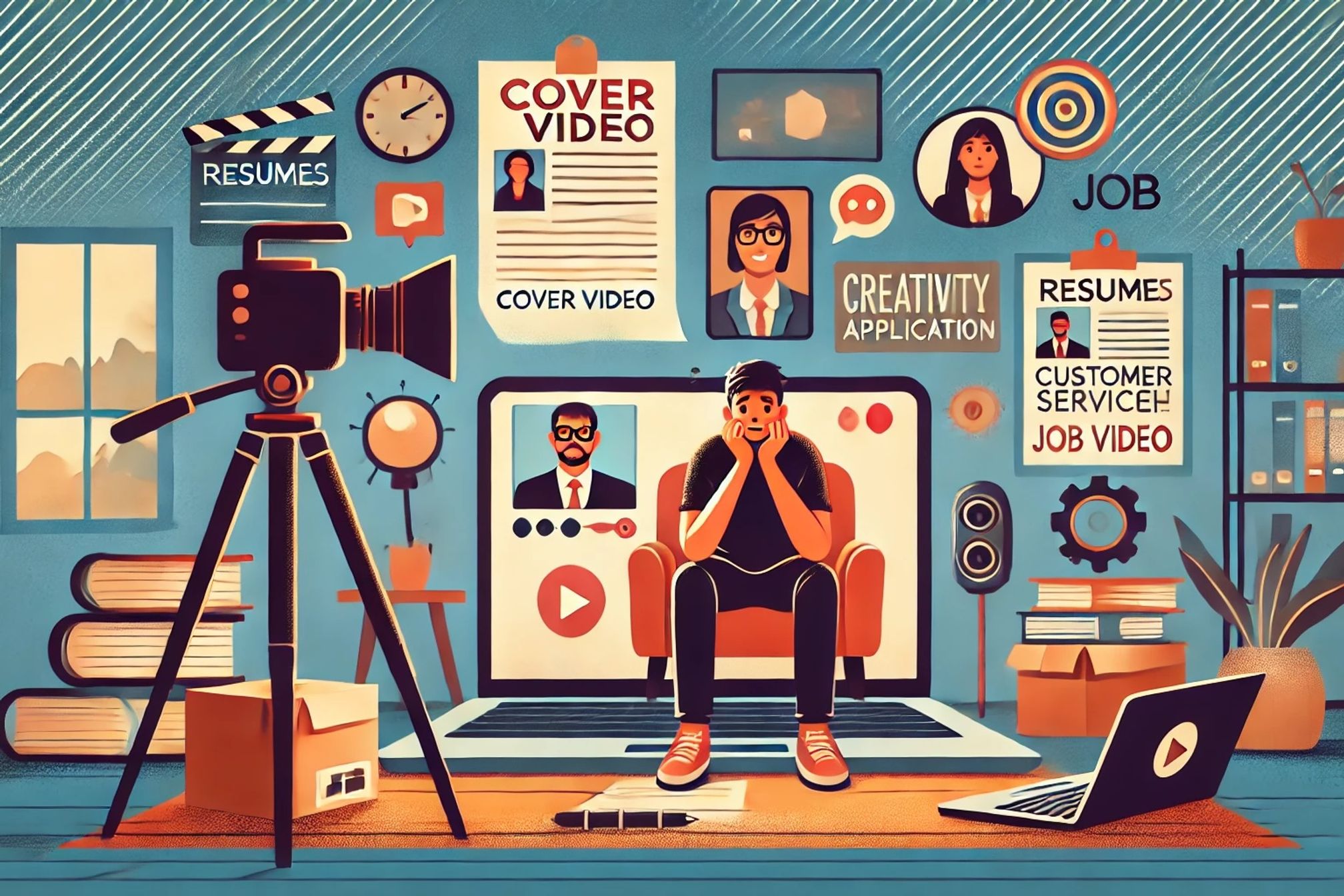Looking for work?Join our work community to make your next move.
Work ThreadsThursday, January 2, 2025
To Be Seen or Not to Be Seen: My Struggle with the Cover Video

Sneha B G
Head of HR @ ScaleupSt
Work Ambassdor
The phrase "a picture is worth a thousand words" might be true for some, but for job seekers like me, a video feels like a thousand hurdles. Every time I saw a job posting that required a cover video, I would instinctively skip it, telling myself, This isn’t for me. "Is my CV not enough for you?" I would think. "Why do you need to see my face to evaluate my skills?". "Are you going to judge me on my production skills rather than my professional expertise".
As someone who’s naturally shy, speaking into a camera feels like climbing a mountain. I don’t have an “influencer” personality. Talking into a lens feels unnatural, staged, and often uncomfortable. Yet, increasingly, I’ve noticed a growing number of job postings requiring a cover video as part of the application process—especially in roles related to sales, marketing, and customer service.
Why Are Employers Asking for Cover Videos?
Employers argue that a cover video helps them see beyond the resume. It provides insights into your personality, communication skills, and enthusiasm—qualities that are often essential in customer-facing roles. For sales or marketing positions, the ability to present yourself effectively is a core part of the job. For customer service roles, a warm and approachable demeanor can make all the difference.
But does this additional layer of evaluation create an unfair barrier for introverts, neurodiverse candidates, or anyone who’s simply camera-shy? I believe it can. The expectation to be “camera-ready” is intimidating and might dissuade talented people from applying.
The Challenges of Creating a Cover Video
Creating a cover video isn’t just about hitting record and talking. It’s about scripting, rehearsing, and presenting yourself in a way that aligns with the employer’s expectations—all while battling your own insecurities. Here’s what often ran through my mind:
- What should I say? Condensing your story and value proposition into a concise, engaging pitch is challenging. It’s like writing a CV, but with the added pressure of delivery.
- How should I look? The pressure to “look professional” on video can feel overwhelming. Lighting, clothing, and background suddenly become a concern.
- Will I sound confident? Talking to a camera doesn’t come naturally to everyone. The fear of stumbling over words or coming across as nervous is real.
My Turning Point: Embracing the Challenge
After skipping several opportunities because of the cover video requirement, I decided to give it a shot. My first attempt was awkward—I cringed at my voice, re-recorded countless times, and still felt dissatisfied. But I learned something valuable: being authentic mattered more than being perfect.
Here’s what helped me:
- Preparation over perfection: I outlined what I wanted to say, focusing on my skills, achievements, and enthusiasm for the role.
- Practice makes progress: I recorded multiple takes until I felt comfortable. Each attempt made me more confident.
- Authenticity over polish: I stopped worrying about looking like a polished presenter. Instead, I focused on being genuine.
Final Thoughts
The rise of cover videos in job applications signals a shift in how we present ourselves professionally. For some, it’s an opportunity to stand out; for others, it’s a daunting hurdle. As someone who has struggled with it, I can now see the value in embracing the challenge, but I still believe the process should accommodate diverse personalities and strengths.
To be seen or not to be seen? The hiring process celebrates skills, not just presentation. Until unless the job is all about presentation.